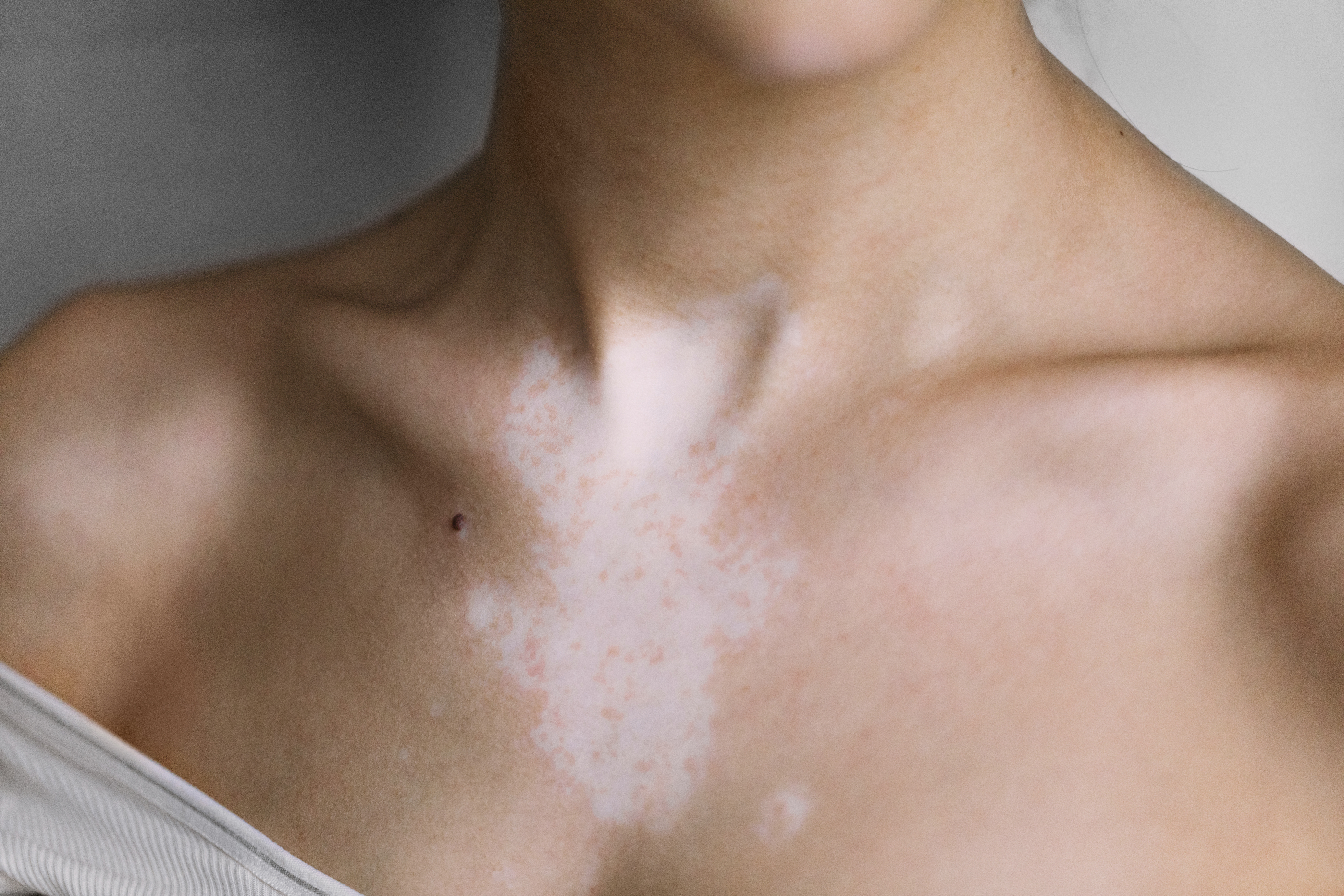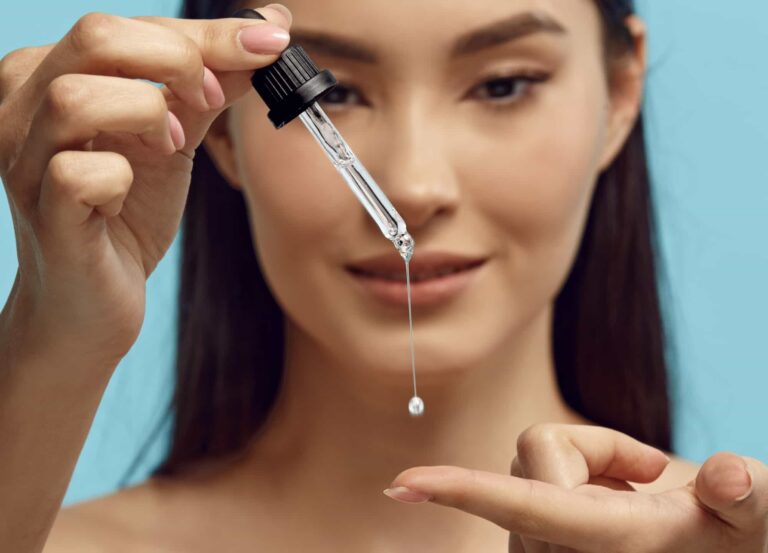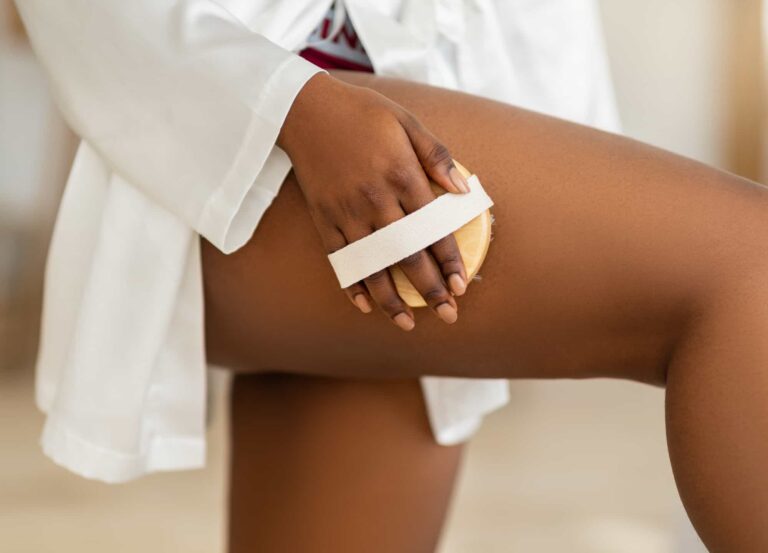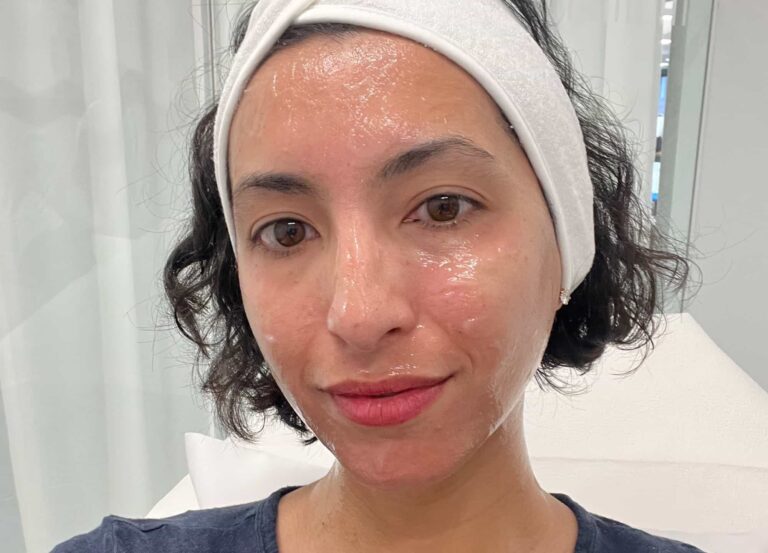Some people invest in a snug weighted blanket to keep them warm during winter; others rely on their partners or large, fluffy dogs. But when I’ve already cranked my heater up and wrapped myself in layers, there’s one thing that I, as a boyfriend-less, dog-less New Yorker, have always turned to: my hot water bottle. For those unfamiliar with the concept, a hot water bottle is not, in fact, a plastic bottle or thermos that you drink from, but instead a sort of rubber bladder that you fill with hot water and then essentially snuggle with.
Hot water bottles are more commonplace in the UK—you would be hard-pressed to find a household that doesn’t call upon their magic in the colder months. Under the influence of my English stepfather, my family and I regularly used them. For years, I’d used the same hot water bottle: a red bladder with a hand-knit cover of the Union Jack flag around it. Every October, I would dig my faithful friend out of storage, fill him to the brim with boiling water, then tuck him into bed with me each and every night until spring.
But this past November, after filling the bottle up with boiling water and tightly securing the cap, I returned to my sofa and placed it on my lap; within a few seconds, I started to feel heat infiltrate my pajama bottoms and reach my thighs. I threw the water bottle to the ground, but it was too late—the damage was done and I was left in excruciating pain, with third-degree burns covering about eight inches of my left thigh. Two months of proper care (which included wrapping the wound, having my dermatologist lance the blisters, and applying a series of creams daily) helped heal the burns, but the accident has left behind an area that is devoid of pigment and lighter than the surrounding skin, aka hypopigmentation.
This wasn’t my first brush with hypopigmentation, a condition that’s often under-acknowledged compared to its counterpart, hyperpigmentation. Although I only have a small spot on my ankle, I am part of the estimated 1-2% of Americans who have vitiligo, a disease that causes certain areas of skin to lose their color. Vitiligo, burns, topically applied chemicals, and cryotherapy are the biggest culprits behind hypopigmentation, but even as many people suffer a loss of pigment in some capacity, the potential ways to treat it remain relatively unknown.
What is skin hypopigmentation?
Hypopigmentation, also known as hypomelanosis, is the loss of skin color (pigment) in a specific area, leading it to become lighter than the surrounding baseline color. “The cause of hypopigmentation is decreased production of melanin, which is produced by melanocytes in our skin and is responsible for our individual skin color,” explains Dr. Adam Luber, a board-certified dermatologist in Phoenix, Arizona. “Hypopigmentation can result after trauma or after a rash (as seen in pityriasis alba), or it can be caused by a fungus (pityriasis versicolor, also known as tinea versicolor), by certain systemic diseases (leprosy, mycosis fungoides, scleroderma), or by medications (high-potency topical steroids).”
Post-inflammatory hypopigmentation, or cutaneous hypopigmentation, occurs after a traumatic event, such as a burn, pimple, cut, or lesion (or possibly even after red patches of skin, as seen in skin conditions such as eczema and psoriasis heal), but is not the same as depigmentation, which is the complete absence of pigment, as seen in skin conditions such as vitiligo and albinism.
Hypopigmentation vs. hyperpigmentation
Both involve skin pigmentation (obviously), but whereas the former is defined by the loss of pigment, the latter is characterized by excessive melanin production and too much pigment in the skin. Hyperpigmentation manifests as brown spots or dark patches of discoloration, and can be caused by several different things. Sun exposure is one of the main culprits, triggering melanocytes in the epidermis and dermis to go into overdrive, and creating more melanin, or pigment, than usual. Hormones can also contribute to hyperpigmentation (the most common example being the onset of melasma in pregnant women), whereas post-inflammatory hyperpigmentation, or PIH, is seen after an injury to the skin, such as a burn or pimple. Treatment options include topical ingredients such as hydroquinone or vitamin C, as well as procedures such as lasers and chemical peels that help exfoliate the surface layer of discolored skin. Regardless of the root cause, sun exposure exacerbates any kind of hyperpigmentation, making sunscreen use more important than ever for those trying to treat hyperpigmentation.
How can hypopigmentation be treated?
Hypopigmentation remains somewhat of a mystery in dermatology. Although there is no universally accepted way to restore pigment in the affected area, many methods, treatments, and ingredients have proven effective. “The treatment is really based on the severity,” says Dr. Pearl Grimes, a Los Angeles-based dermatologist and the director of the Vitiligo and Pigmentation Institute of Southern California. “If someone has limited involvement, we use topical corticosteroids and calcineurin inhibitors, but if patients have more extensive involvement, we rely on narrowband UVB phototherapy in combination with topical skincare.”
Particularly in cases of vitiligo, Dr. Grimes believes that nutritional supplements, in addition to the aforementioned techniques, can help with stabilization. “I don’t think there is one go-to, but I’m a big believer in vitamin D because of how it impacts the immune system, and I see so much vitamin D deficiency in patients who have vitiligo,” she says. Though there are still no FDA-approved drugs to re-pigment skin, some of the ingredients used to de-pigment have been used in severe cases of vitiligo and hypopigmentation. Hydroquinone and monobenzone are both regularly used in such cases and essentially take the color out of all surrounding skin so that it’s depigmented and matches the area or areas where hypopigmentation has occurred. “Multiple pharmaceutical companies are now developing new drugs for restoring pigment,” Dr. Grimes notes. “But I think as clinicians, we will have to decide how best to use these new agents, [and consider] the risks and the benefits.”
Related: The Drugstore Skin-Care Routine a Derm in Her 40s Recommends
Are there natural hypopigmentation treatments?
While the best treatment options for hypopigmentation often come in the form of steroids and medication, there is some logic in turning to the one thing every dermatologist and skin-care expert would otherwise tell you to avoid: sun exposure. “Ultraviolet light may increase the rate of repigmentation of the hypopigmented area,” says Dr. Luber, but you should proceed with extreme caution. “You don’t want to increase the risk of cancer, and you also don’t want to risk over-exposure and possibly increase the contrast between the normal skin and hypopigmented skin.” Just as it is in the case of hyperpigmentation, sunscreen should be a paramount part of your skincare routine. And, to the point of an increased risk of skin cancer or melanoma, keep in mind that if this is suspected and your doctor has to perform a biopsy, the leftover scar could also potentially become depigmented.
Another method is to simply let time work its magic and use a self-tanning lotion to camouflage the hypopigmentation in the meantime. For covering up hypopigmentation on the face, Dr. Dennis Gross Alpha Beta Intense Glow Pads ($38) will not only temporarily restore some color but will also help smooth and clear your skin. For the body, try Coola Suncare Organic Sunless Tan Firming Lotion ($46).
Is treating hypopigmentation on the face different than on the body?
Most hypopigmentation would be treated in the same way, regardless of whether it appears on your face or your body. But if there is an underlying disorder like pityriasis alba or eczema causing a loss of pigmentation on the face, Dr. Luber says, “we’d want to treat the disease appropriately with topical medications that are safe to use on facial skin and are weaker than the more potent ones used on truncal skin.” (It’s worth noting that in order to diagnose some of the skin diseases that cause hypopigmentation, your doctor may sometimes perform a biopsy.)
Hypopigmentation caused by an underlying inflammatory disorder, like eczema, tends to be easier to treat and more likely to repigment using a topical corticosteroid. (While these fairly come with minimal side effects, over-use can leave the skin dry and fragile.) Trauma-induced hypopigmentation, like that caused by a laser or burn, is much more challenging to repigment. In such cases, “we can really only hope that there are melanocytes still present (and not destroyed from the trauma) to repigment,” explains Dr. Luber.











